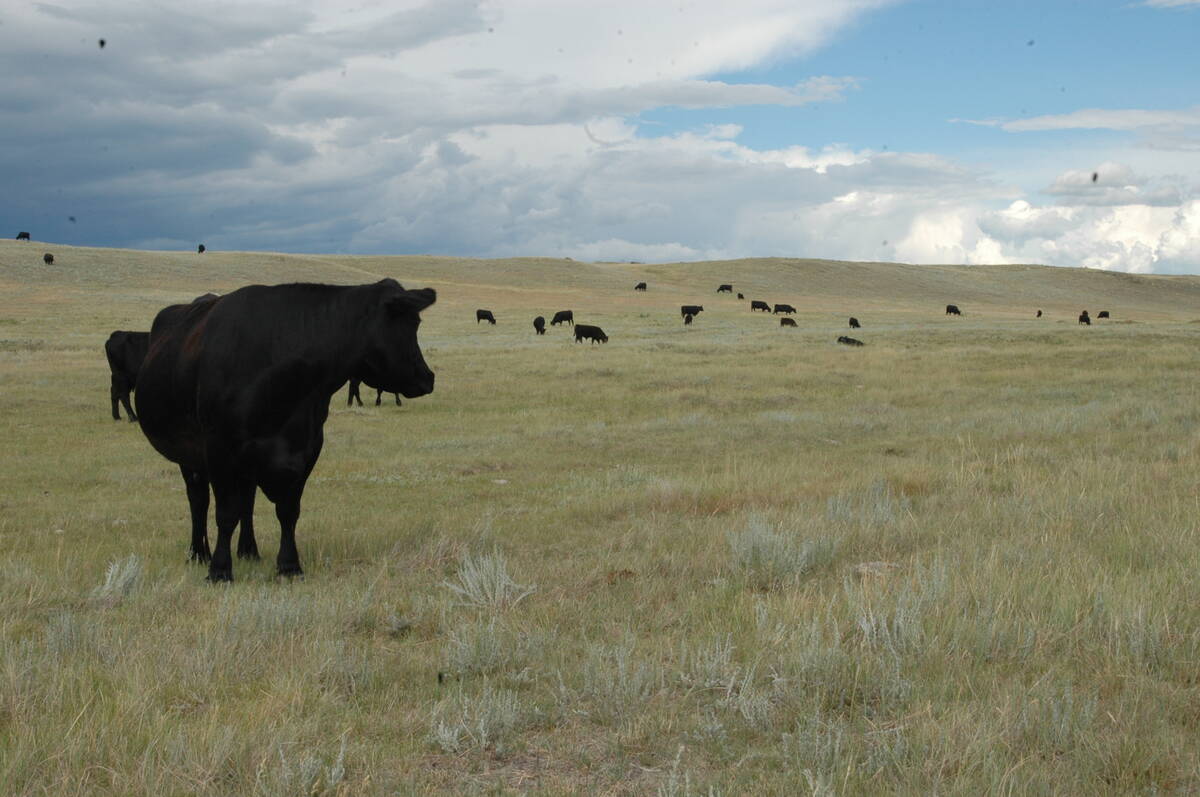Twelve cases of infectious anemia have been reported in Canada this year, 11 of them in the Meadow Lake, Sask., region.
The 12th case was confirmed near Birch Hills, Sask., based on results from a 2015 investigation.
The Canadian Food Inspection Agency said northern British Columbia, Alberta and Saskatchewan, as well as Yukon appear to be risk areas for infection.
EIA is a potentially fatal viral disease that affects the immune systems of horses, donkeys and mules. It is transmitted by blood transfer that can occur via biting flies or by using needles on more than one animal before disinfecting equipment.
Read Also

Canadian Food Inspection Agency slammed for handling of bovine tuberculosis case
The federal government leans heavily on producers to “take one for the team” and risk their livelihoods without any reassurance of support.
It can also be transmitted through semen from an infected sire and foals can be infected before birth.
Infected animals may not show clinical signs of illness but remain carriers of the virus for life. Symptoms include anorexia, depression, general weakness, intermittent fever, jaundice, small hemorrhages under the tongue and eye, swelling of extremities and weight loss.
“Many animals show temporary recovery from the severe stage of EIA and may even appear normal for two to three weeks before relapsing with similar, but less severe signs,” the CFIA said in a fact sheet.
“Episodes of clinical illness are often associated with the use of steroid drugs or with periods of stress such as hard work, hot weather, racing or pregnancy.”
There is no vaccine and no cure for EIA, the CFIA said.
EIA is a reportable disease, meaning any suspected cases must be reported to the CFIA.














